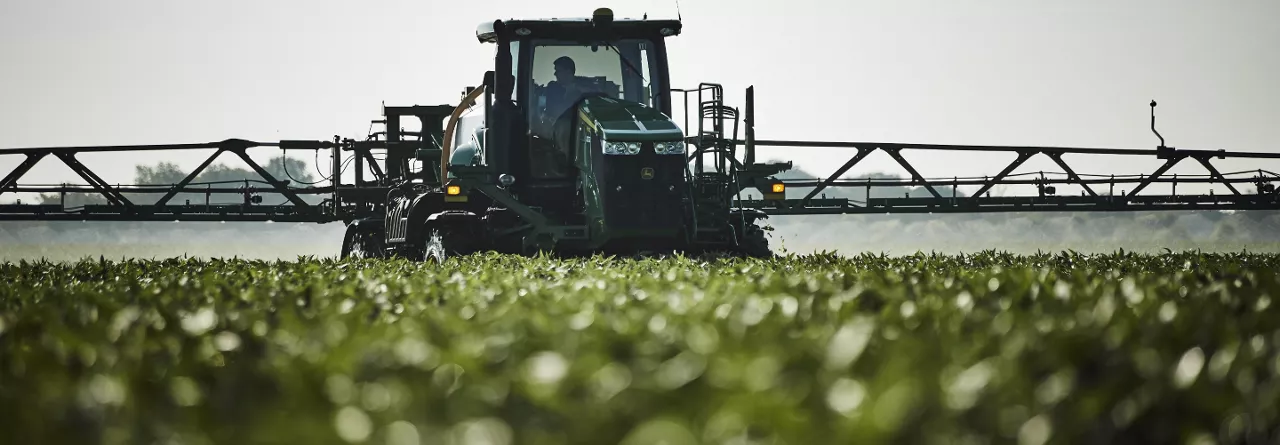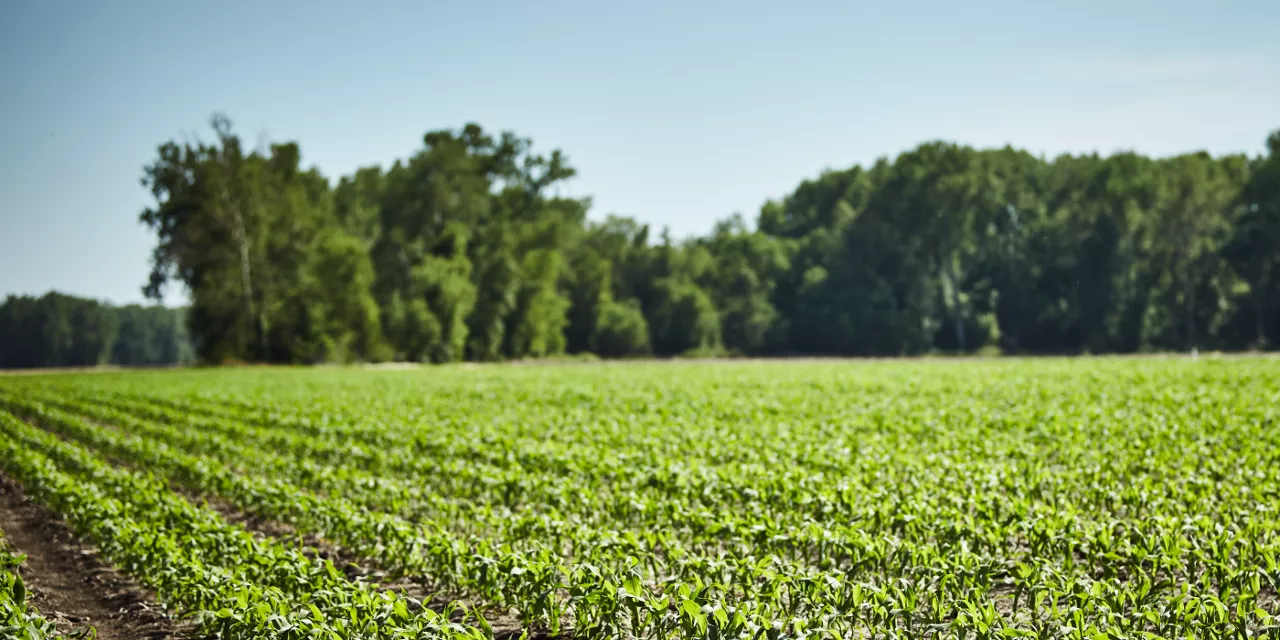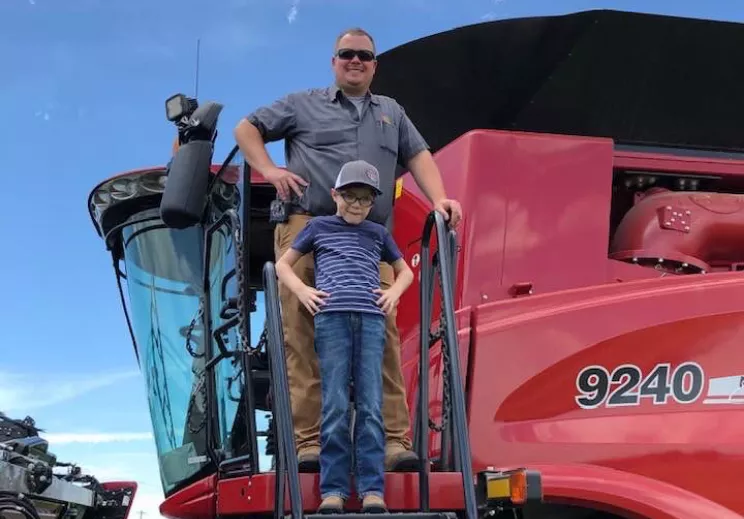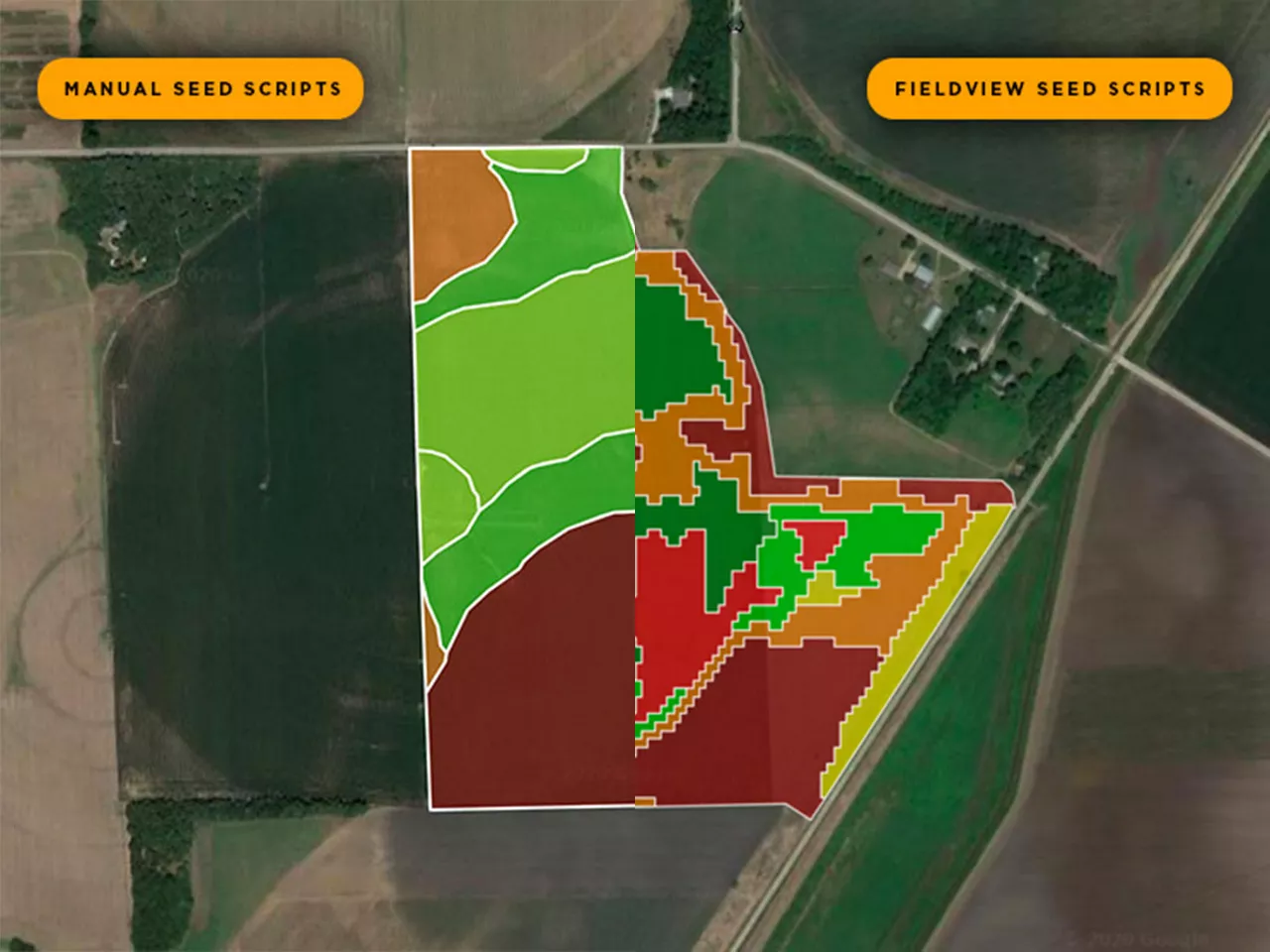
Introducing Our Latest Feature Update: Field Region Reports, Now by Application Rate
Let’s take a look at what’s new with Field Region Reports, and how you can take advantage of the latest updates.
Over the years, using variable rate seed prescriptions has helped ensure I’ve got the right amount of seed in the right areas of the field to make a return.

Just like other investments I make, I want my seed to work as hard as possible for me to see the return in the fall. Of course, the decisions I make between now and then influence how good of a harvest season I’ll have. Over the years, using variable rate seed prescriptions has helped ensure I’ve got the right amount of seed in the right areas of the field to make a return.
Now, variable rate scripting isn’t new and the benefits are pretty well understood in farming circles. But doing it — actually building and implementing custom seed prescriptions — has traditionally been a fairly difficult and time-consuming process. Fortunately, recent advances with digital farming tools have made it tremendously easier — with the bonus of putting time back in my day.

Brandon Hunt with his son, Case
My dad began writing scripts for our corn acres in the early 90s. It was the same back then as it is now for our farm — we identify the variability in the soil that impacts yield. I know a lot of folks who use the SSURGO map layer in FieldView™ to identify soil variance and some who have uploaded their own soil test data into FieldView from Veris or A&L. But I often still do it the old fashioned way by riding around on my 4x4 and getting an understanding of those areas in the field where the soil changes, in addition to reviewing historic yield maps. Whatever method you choose, it’s just important to understand the type of dirt you’re in and how variability can change yield.
“The FieldView seed scripts tool is especially helpful since it provides me with population recommendations based on the hybrid and historic yield data”
I’m surrounded by a great team of advisors, including my local agronomist and two DEKALB® representatives that help with a lot of my farming decisions. But I like to write all of my scripts myself using two FieldView tools: manual seed scripts and FieldView seed scripts. The FieldView seed scripts tool is especially helpful since it provides me with population recommendations based on the hybrid and historic yield data. From there, I have the option to revise the prescription for each management zone.
We also have irrigated corn acres where we’ve precisely identified the areas that fall under the pivot for increased seeding rates. The other big benefit here is the ability to automatically push scripts to the cab and start rolling. Long gone are my days of keeping track of thumb drives and running them to the cab!

See the difference in seed scripts field zones
We can’t create more time, and I think it’s fair to say we all need a little bit of a life outside of work. I don’t want to be behind the computer until midnight or 1:00 a.m. adjusting prescriptions to go to the field the next day. With FieldView as my go-to scripting system, I can now write scripts ten-to-one compared to my previous method. That pays off big time when I’m able to spend more time with my wife and son.

FieldView helps planting be more efficient by allowing you to visualize planting data in real time.
So, does this mean planting more seed than I normally would? The answer for me has been, not always. What I’ve noticed is that most of the time our average rate per field has remained about the same. It’s been about planting more efficiently where we have the most opportunity. On average, I’ve seen between a two and five bushel per acre improvement. When you’re able to identify those areas and adjust seeding rates accordingly, you can often see that yield and profitability tend to line up nicely.
I hope a few of the ideas in this post help as you’re making plans for spring. Happy New Year and best of luck to everyone!